With fine photographic plates of Neanderthal skulls and bones
Schmidt, R. R.
Die diluviale Vorzeit Deutschlands.
Published
1912
Item ID
68293
€750.00
Stuttgart, E. Schweizerbart (Nägele und Dr. Sproesser), 1912. Very large 4to (35.5 x 30.0 cm). xiii, 283 pp.; 47 engraved or heliogravure plates with explanatory text leaves, loose in rear pocket. Original quarter vellum over cloth boards. Gilt title on front board; gilt-lettered morocco label on the spine.
A very rare, very well-illustrated work on Pleistocene and Holocene man and animals, including fine photographic plates of Neanderthal skulls, bones and human artefacts, by the great German archaeologist Robert Rudolf Schmidt (1882-1950). “The epic work‚ Die diluviale Vorzeit Deutschlands( The diluvial prehistory of Germany) by Robert Rudolf Schmidt, published in 1912, is the first major book on Paleolithic research in Germany. At the same time, it is an outstanding cornerstone of international Paleolithic research. The book presents an ingenious synthesis of primary data from Schmidt’s own fieldwork and the state of research of his time. Special emphasis is given to Schmidt’s fieldwork in the Swabian Jura in 1906, especially at Sirgenstein Cave, and to his field campaigns between 1907 and 1908 at the Ofnet Caves in the Bavarian part of Swabia. Even 100 years after its publication, the key aspects of Schmidt’s cultural stratigraphic sequence remain valid today. He also succeeded at contextualizing his research from southwestern Germany within a broader European setting and established many explicit correlations between the well-studied French and German records of human biological and cultural Evolution. Schmidt’s research is outstandingly modern in that it consciously addressed archaeological questions within the context of ecological and paleoanthropological research and followed a distinctive interdisciplinary approach that is reflected today 64 in the fact that the field of Early Prehistory and Quaternary Ecology remains part of the University of Tübingen’s Faculty of Mathematics and Natural Sciences. The presence of two chapters from the natural sciences within the book, one on geological and faunal analyses by E. Koken and one on anthropological remains by A. Schliz, documents this approach. Until today, no comparable oeuvre synthesizing the state of knowledge of the German Paleolithic within its European setting has been published. R. R. Schmidt must be regarded as one of the leading international pioneers of Paleolithic archaeology and Quaternary research as well as the founder of academic prehistory at the University of Tübingen with its emphasis on interdisciplinary research, curation of collections, and museum exhibits that demonstrate the importance of human evolution and Stone Age archaeology for the general public” ('100 Jahre Robert Rudolf Schmidts 'Die diluviale Vorzeit Deutschlands', Bolus & Conard, 1912). The work is divided in three parts: I. Archäologischer Teil von R. R. Schmidt. Die diluvialen Kulturen Deutschlands; II. Geologischer Teil von Ernst Koken. Die Geologie und Tierwelt der paläolithischen Kulturstätten Deutschlands; III. Anthropologischer Teil von A. Schliz. Die diluvialen Menschenreste Deutschlands. Ernst Hermann Friedrich Koken (1860-1912) was one of the foremost German palaeontologists. Alfred Schliz (1849-1915) was a German medical doctor, anthropologist and archaeologist.
read more
Provenance: on the front pastedown an attractive Art Deco pictorial bookplate of Hanna Albertina Rydh (1891-1964) a Swedish archaeologist and politician for the Liberal People's Party. She was a Member of Parliament from 1943 to 1944 and the 3rd President of the International Alliance of Women from 1946 to 1952 (see Wikipedia). Slight wear to spine top and pocket flaps, otherwise a very good, clean copy. Not in any major bibliography.
read less
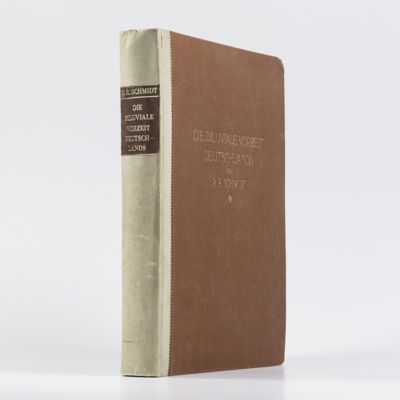

![image for Iconographie et description de chenilles et lépidoptères inédits. I - III. [Complete].](https://www.schierenberg.nl/media/cache/product_thumb/77969/77969_x.jpg)
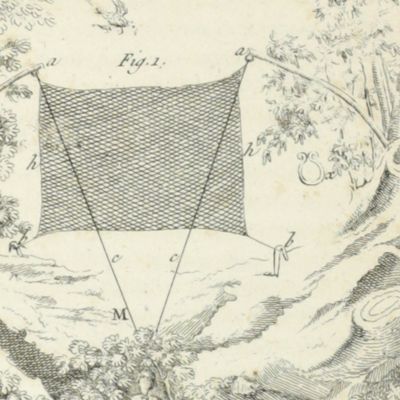

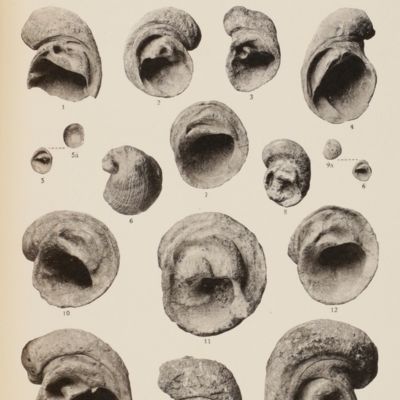

![image for Etudes sur la flore du Katanga. [Complete in four parts].](https://www.schierenberg.nl/media/cache/product_thumb/40048/40048_x.jpg)
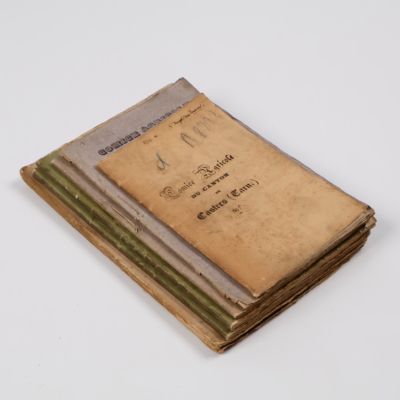

![image for [Portrait by J. G. Auerbach and J. E. Haid].](https://www.schierenberg.nl/media/cache/product_thumb/38518/38518_x.jpg)


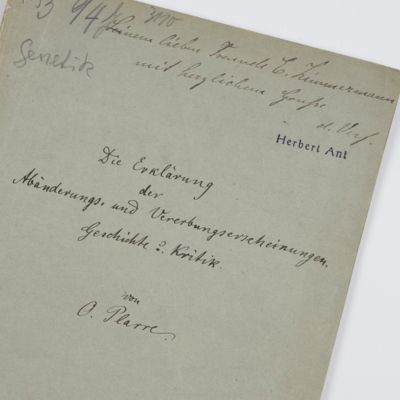









![image for 1901 Haupt-Katalog der Sanitas Actiengesellschaft in Hamburg. [Bathroom and toilet furniture catalogue].](https://www.schierenberg.nl/media/cache/product_thumb/78249/78249_x.jpg)

![image for [Auvergne] Itinéraire de Clermont au Puy de Dome, ou description de cette montagne et de la Vallée de Royat et Fontanat; seconde edition. [AND] Two other papers on the geology of Auvergne, by A. C. P. F. Von Lasaulx, and by J. B. Bouillet, bound in.](https://www.schierenberg.nl/media/cache/product_thumb/66670/66670_x.jpg)
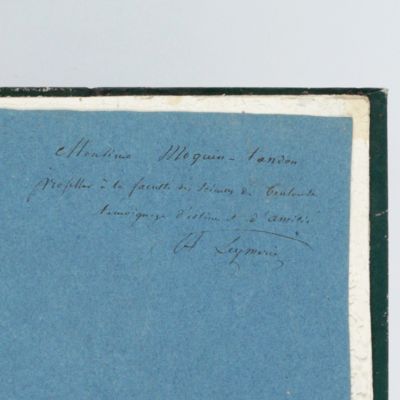


![image for Des Ritters Carl von Linné vollständiges Pflanzensystem nach der dreyzehnten lateinischen Ausgabe und nach Anleitung des holländischen houtteuynischen Werks übersetzt und mit einer ausführlichen erklärung ausgefertiget. Erster - Eilfter Theil. [Complete].](https://www.schierenberg.nl/media/cache/product_thumb/68492/68492_x.jpg)
![image for S. Anthonius [Saint Anthony] tormented by demons. [After Martin Schongauer].](https://www.schierenberg.nl/media/cache/product_thumb/75809/75809_x.jpg)
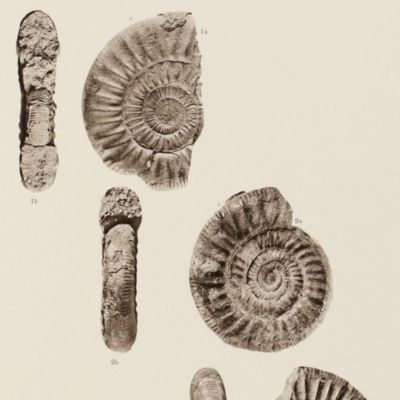

![image for [Portrait by F. Seydelmann].](https://www.schierenberg.nl/media/cache/product_thumb/36155/36155_x.jpg)
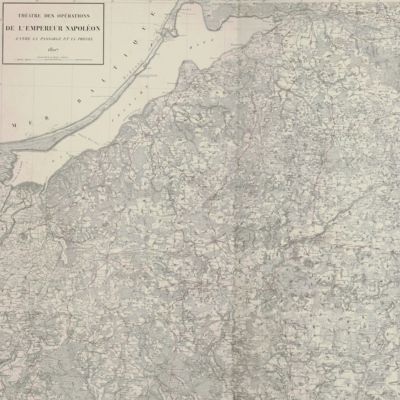
![image for Documents decoratifs. Planche 60. [Stag beetles, turtles, fish, and females]](https://www.schierenberg.nl/media/cache/product_thumb/77936/77936_x.jpg)
![image for Annalen des Ackerbaues herausgegeben von Albrecht Thaer. [AND] Annalen der Fortschritte der Landwirthschaft in Theorie und Praxis herausgegeben von Albrecht Thaer. [Together in 16 volumes].](https://www.schierenberg.nl/media/cache/product_thumb/32530/32530_x.jpg)
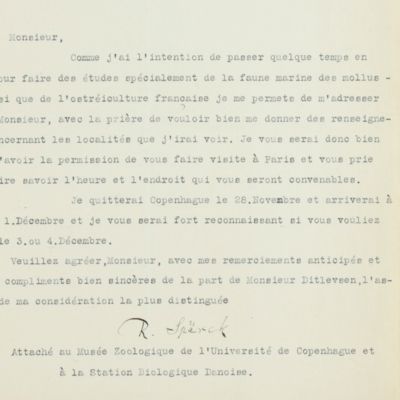
![image for Description de l'Egypte. Histoire naturelle. Oiseaux. Planche 2. [Falcon and eagle]](https://www.schierenberg.nl/media/cache/product_thumb/76389/76389_x.jpg)
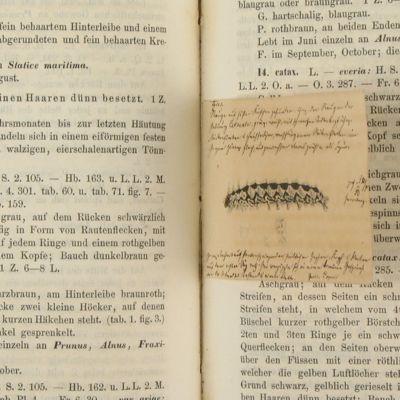
![image for Burdocks. [Original watercolour and gouache painting].](https://www.schierenberg.nl/media/cache/product_thumb/77874/77874_x.jpg)
![image for Cochon d’Inde à deux corps. [ <em>Les ecarts de la nature, ou recueil des principales monstruosités que la nature produit dans le genre animal planche 2</em>].](https://www.schierenberg.nl/media/cache/product_thumb/72833/72833_x.jpg)
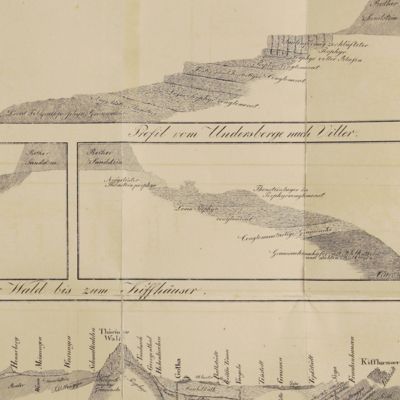
![image for Documents decoratifs. Planche 57. [Female nude, writing - poster for <em>Art et Décoration Revue mensuelle d'Art moderne</em>].](https://www.schierenberg.nl/media/cache/product_thumb/70604/70604_x.jpg)
![image for Prodrome de malacologie française. Catalogue général des mollusques vivants de France. Mollusques terrestres, des eaux douces et des eaux saumâtres. [AND] Mollusques marins.](https://www.schierenberg.nl/media/cache/product_thumb/75267/75267.jpg)



![image for Rhododendrons. [Original watercolour and gouache painting].](https://www.schierenberg.nl/media/cache/product_thumb/77873/77873_x.jpg)
![image for Paléontologie Française. Description des mollusques et rayonnés fossiles. Terrains Jurassiques. II. Gasteropodes. Texte, Atlas. [Complete].](https://www.schierenberg.nl/media/cache/product_thumb/74879/74879_x.jpg)

![image for Tab. XXII. Kraut-Lerche. [AND] Tab. XIX. Krautvogel. [nest and eggs].](https://www.schierenberg.nl/media/cache/product_thumb/76067/76067_x.jpg)


